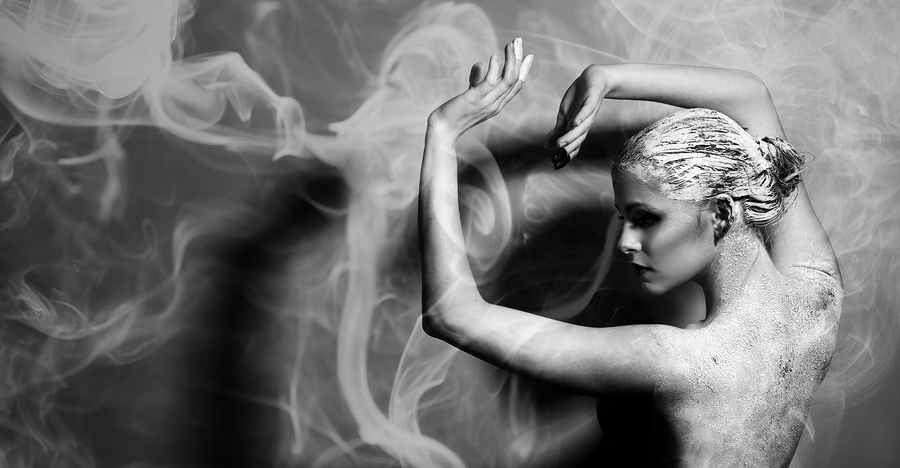A simple exercise that could help improve your black and white photography is to simply switch your camera into monochrome mode and start shooting black-and-white only.
This way you’ll be able to look at your LCD screen and gauge your results. If you’re going to do this I recommend shooting both raw and JPEG. This way you’ll still have the raw image – it will give you way more control over your grayscale and shadows. Below you will find seven tips that I found over at Photography Talk.
1. It’s All About the Tone
In color photography, you are often looking for colorful scenes, a bright color in an otherwise muted composition or two or more complementary, or even contrasting, colors that help to tell the story of your photo. With black-and-white photography, it’s the tonal qualities of objects and surfaces that help to create beautiful or stark or dramatic monochrome images.
2. Shape and Texture Assume More Importance
Because you are exposing for more contrast in monochrome photography, the shape of an object is often more important than it might be in a color image. There the color dominates the eye, but a shape, either as bright or dark, conveys the message or emotion in a different manner. Textures are usually more defined in black and white, again, because of the contrast created by the three-dimensionality of a weave of cloth or the bark of a tree.
3. RAW for the Data
You definitely want to shoot monochrome photos in RAW, so you have all the data for editing. You’ll have total control of contrast, so you can adjust and manipulate it to create more powerful black-and-white images.
4. Leveraging Landscapes
Ansel Adams proved that landscapes are often more spectacular in black and white than color. Shooting any of these scenes as monochrome images is likely to evoke more emotion and interest from viewers.
5. Filters for Contrast
Landscape scenes and outdoor subject matter are often enhanced with the use of various filters, such as a polarizing filter to soften reflections and increase contrast. Neutral density filters are perfect when the clouds are an important element in a black-and-white landscape.
6. Use a Tripod and Lengthen the Exposure
Black-and-white images can assume an ethereal, magical quality when you shoot with longer exposure, which, of course, requires a tripod and remote shutter release. If your scene includes water or clouds in motion, the long exposure blurs the movement, spreading the water’s highlights.
7. Keep the ISO Low
Typically, digital noise is more easily seen in a monochrome image, so calculate your exposure formula with a low ISO setting. It will give both highlights and shadows a smooth tonal quality that enhances your compositions.
You can see the original article over at Photography Talk
Source: Photography Talk

